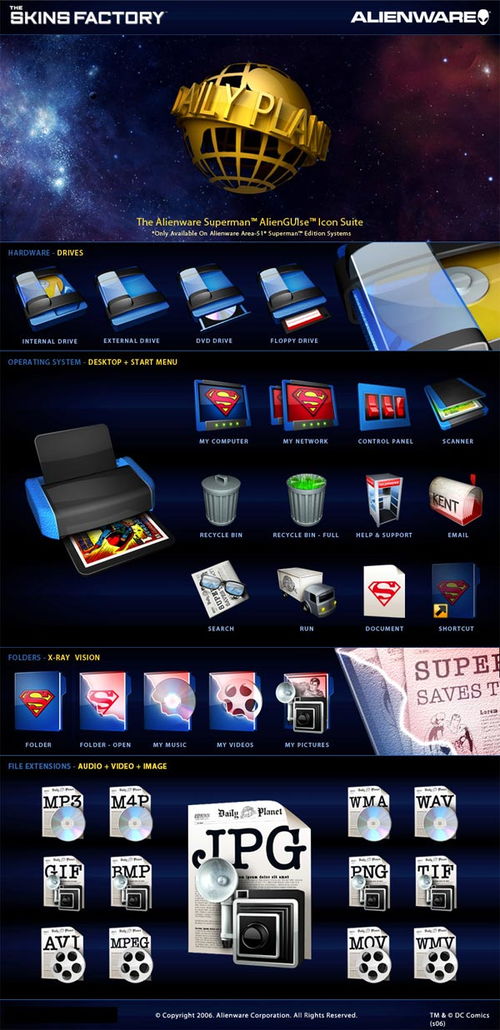
oms systems high overview
When it comes to managing complex supply chains and optimizing operations, Order Management Systems (OMS) play a pivotal role. OMS is a comprehensive software solution designed to streamline the order-to-cash process, ensuring efficient management of orders, inventory, and customer relationships. In this detailed overview, we will explore the various dimensions of OMS, including its features, benefits, implementation, and future trends.
Understanding OMS

Order Management Systems are designed to handle the entire lifecycle of an order, from the moment it is placed by a customer to the final delivery. These systems integrate various components, such as sales, inventory, shipping, and customer service, to provide a unified view of the order process.
OMS typically includes the following key functionalities:
-
Order Processing: OMS automates the order entry, validation, and fulfillment process, reducing manual errors and improving efficiency.
-
Inventory Management: OMS keeps track of inventory levels, ensuring that products are available for fulfillment while minimizing stockouts.
-
Shipping and Logistics: OMS integrates with shipping carriers to provide real-time tracking and delivery updates to customers.
-
Customer Service: OMS enables customer service teams to manage inquiries, returns, and other customer-related issues efficiently.
Benefits of OMS

Implementing an OMS can bring numerous benefits to businesses, including:
-
Improved Efficiency: OMS automates repetitive tasks, reducing manual effort and freeing up resources for more strategic activities.
-
Enhanced Customer Experience: OMS provides real-time visibility into order status, enabling businesses to offer accurate delivery estimates and timely updates to customers.
-
Increased Sales: By optimizing inventory levels and reducing stockouts, OMS helps businesses maximize sales opportunities.
-
Cost Reduction: OMS minimizes manual errors, reduces labor costs, and improves overall operational efficiency.
Implementation of OMS

Implementing an OMS requires careful planning and consideration of various factors. Here are some key steps to follow:
-
Assess Your Needs: Understand your business requirements and identify the key functionalities you need in an OMS.
-
Research and Evaluate Vendors: Research different OMS vendors and evaluate their offerings based on your requirements, budget, and scalability.
-
Select the Right Solution: Choose an OMS that aligns with your business goals and offers the necessary features and support.
-
Customize and Configure: Customize the OMS to fit your specific business processes and integrate it with existing systems.
-
Train Your Team: Provide training to your team to ensure they are proficient in using the OMS.
-
Go Live: Migrate your data and processes to the new OMS and monitor its performance closely.
Future Trends in OMS
The OMS landscape is constantly evolving, with new technologies and trends shaping its future. Here are some key trends to watch out for:
-
Artificial Intelligence and Machine Learning: AI and ML are being increasingly integrated into OMS to improve forecasting, inventory management, and customer service.
-
Cloud Computing: Cloud-based OMS solutions are becoming more popular, offering scalability, flexibility, and cost-effectiveness.
-
Mobile Integration: OMS solutions are becoming more mobile-friendly, enabling users to access and manage orders on the go.
-
Integration with E-commerce Platforms: OMS is increasingly being integrated with e-commerce platforms to provide a seamless order management experience.
Conclusion
Order Management Systems are essential for businesses looking to streamline their operations, improve customer satisfaction, and drive growth. By understanding the various dimensions of OMS, businesses can make informed decisions when selecting and implementing an OMS solution. As the landscape continues to evolve, staying abreast of the latest trends and technologies will be crucial for businesses to remain competitive.
| Feature | Description |
|---|---|






